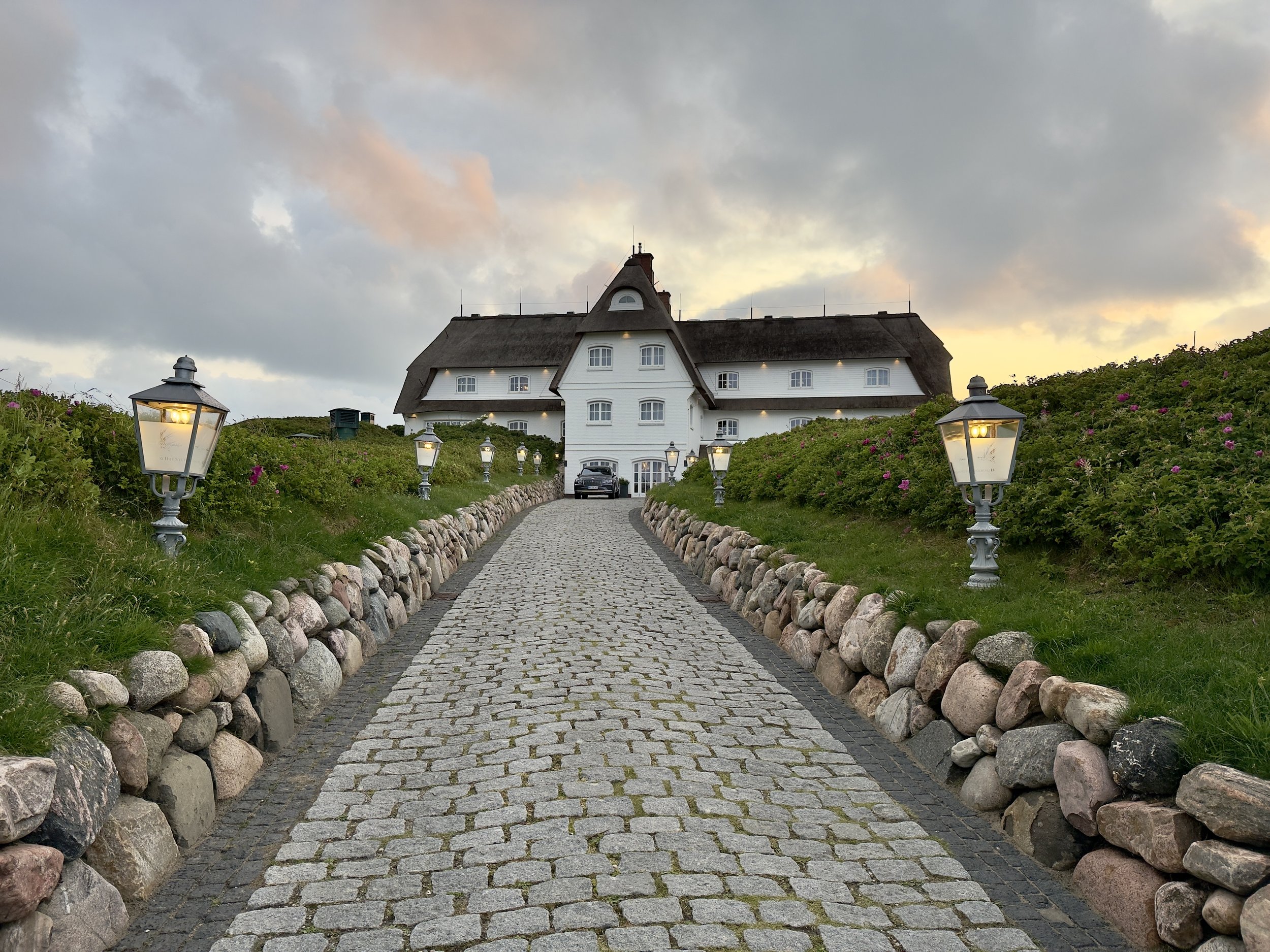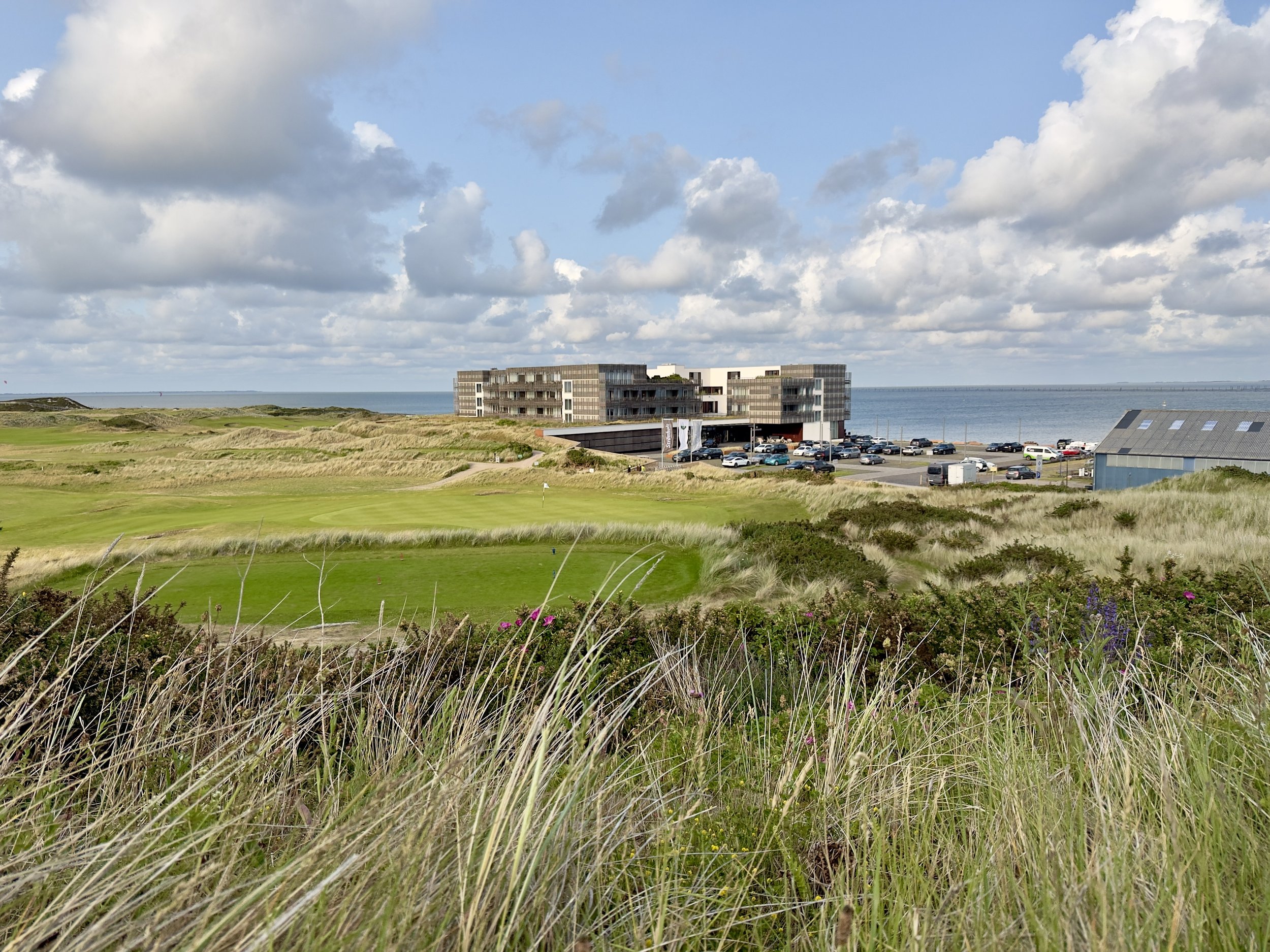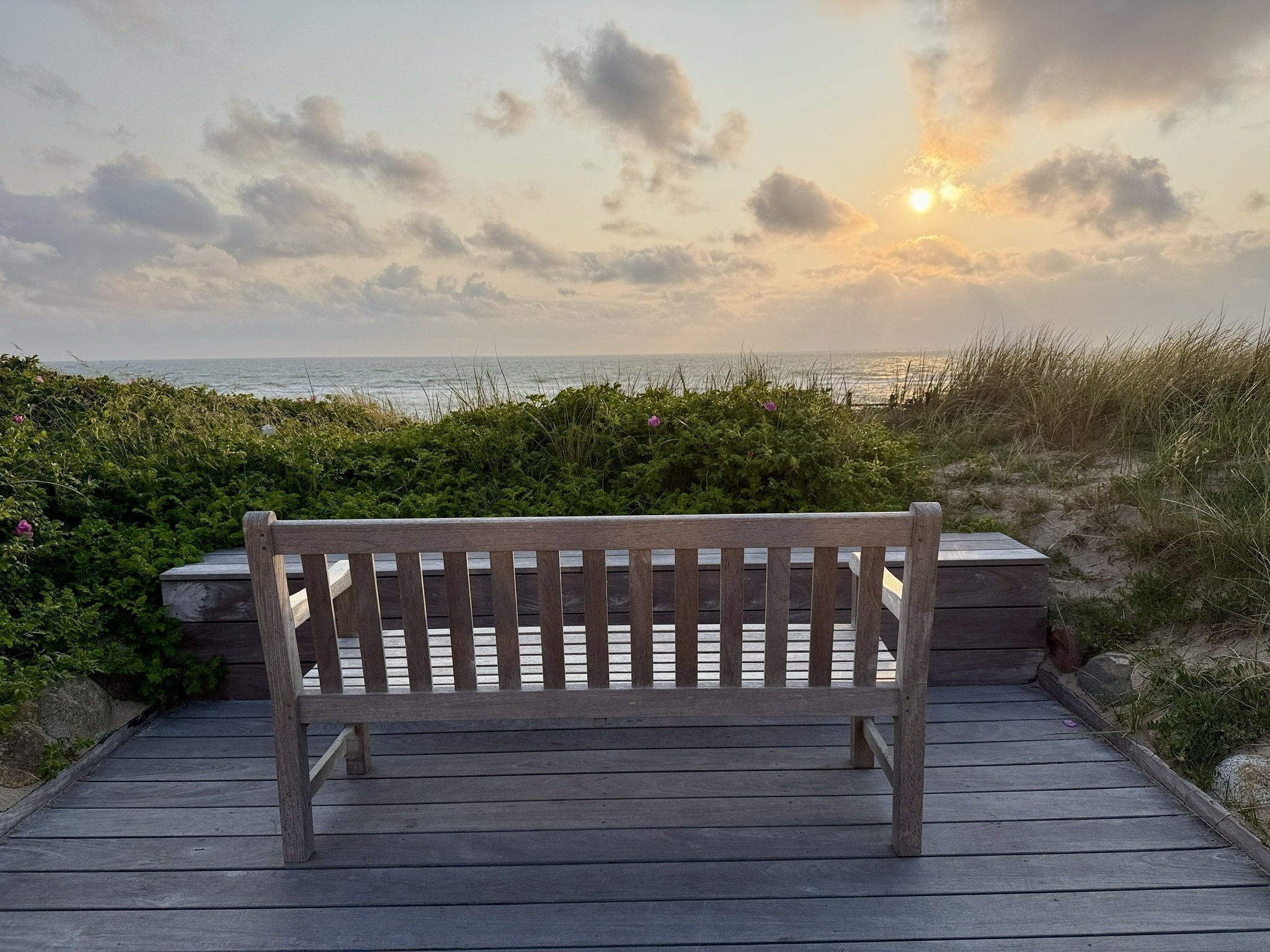My Photography & Travel Guide to Sylt, Germany
Before you even set foot on Sylt, the wind greets you. It rolls in off the North Sea, carrying the scent of salt, dune grass, and something unnameable that makes this island feel like both a secret and a celebration. Germany’s northernmost island isn’t just a beach getaway—it’s a rugged, unspoiled, windswept paradise with dramatic skies, thatched-roof cottages, and tidal flats that vanish into the horizon.
I don’t usually stop to smell the roses. I’m not that person. But on my first morning in Sylt, walking with my wife on a quiet path through the dunes toward the beach, I stopped mid-step. The air had changed—cool sea breeze mixed with something impossibly sweet. It was wild roses, growing thick along the sandy trail, their scent lifting into the wind. Not subtle. Not polite. Intoxicating.
That moment stayed with me more than any lighthouse or cliff. And that’s what Sylt does—it grabs you quietly, through light and scent and space.
That’s when Sylt surprised me.
In this guide, I’ll share how to get there, where to stay for the best light, my favorite photo locations, and a few honest thoughts that go beyond the typical postcard.
Where Is Sylt?
Sylt is a long, narrow island in Germany’s far north, just below the Danish border. It’s part of the Frisian Islands and stretches nearly 40 kilometers, from grassy dunes in the south to windswept cliffs in the north.
This long, narrow island off Germany’s north coast—often called “Germany’s Hamptons”—has all the luxury touches, but none of the noise. Picture Martha’s Vineyard if it were stitched together with moorland, lighthouses, and windswept grasses. Sylt doesn’t just photograph beautifully—it rewards patience. The light shifts by the minute, and so does the mood.
Getting there is easy, but once you're on the island, everything slows down.
🚆 Train: From Hamburg, take a direct Deutsche Bahn train to Westerland (Sylt). You’ll cross the Hindenburgdamm causeway—flat water on both sides, reeds, and the light already starting to shift.
bahn.com🚗 Car: Drive to Niebüll and take your car on the Sylt Shuttle train.
syltshuttle.de✈️ Flight: Seasonal flights connect Sylt to Hamburg, Düsseldorf, Munich, and Zurich.
flughafen-sylt.deFerry - If you're looking for an alternative to the car train, the FRS Syltfähre offers a delightful ferry service between Havneby on the Danish island of Rømø and List on Sylt. You can drive your car onto the ferry. This route is especially convenient for travelers coming from Denmark or northern Germany. For schedules, reservations, and additional details, visit the FRS Syltfähre official website.
Once you're on the island, everything slows down. I think the need for a car will depend on where you stay. You can also rent a bike, take the local train, or walk. The island rewards a slower pace.
Where to Stay in Sylt
You want a location that puts you close to the light, golden hour dunes, foggy mornings, cobbled lanes, and sea views.
My Favorite Stay:
Söl’ring Hof
Perched above the dunes in Rantum, this refined retreat is elegant without being fussy. The natural light in the rooms, the view over the sea, and the on-site Michelin-starred restaurant make it the ideal base for photographers and food lovers alike.
Other Excellent Options:
Luxury Picks:
Severin’s Resort & Spa – Kampen luxury with reed-roof charm and access to marshlands.
BUDERSAND Hotel – Golf & Spa – Sleek architecture in Hörnum, with stunning seascapes and design details worth photographing.
Budersand
Mid-Range / Boutique:
Hotel Stadt Hamburg – Cozy interiors and a great location in Westerland.
Hotel Rungholt – Laid-back sophistication in Kampen, near great golden hour spots.
Dorint Strandresort & Spa – Right on the beach promenade, ideal for street and sunset photography.
Duration of Stay in Sylt
Ideal visit: A minimum of 5-7 days
This gives you time to explore multiple villages, wait out the weather for the perfect light, and settle into the rhythm of the island.
Best Time to Visit Sylt
I visited in late May, and I’d go again in a heartbeat. The roses were in bloom, the air was clean and cool, and the crowds hadn’t arrived.
Seasonal Guide:
Spring: Wild roses, fresh skies, gentle light
Summer: Long days, social beaches, golden evenings
Autumn: Windy, brooding, great for fog and drama
Winter: Quiet, empty, and beautiful in its stillness
Kite Surfers
Getting Around Sylt
Sylt is surprisingly easy to navigate:
By bike: The island is flat, bike-friendly, and scenic. Rentals are available in all major towns.
By bus: Local buses connect Westerland to other villages.
By foot: Many villages are walkable and full of character.
Taxis are available but pricey. Uber and Bolt are not active here.
Keywords: How to get around Sylt, Transportation options in Sylt
Where to Eat
The food on Sylt is exceptional. Some meals felt like art. Others felt like coming home.
My Top Dining Experience:
Söl’ring Hof Restaurant – This is fine dining with soul. The dishes are beautifully plated, but nothing feels forced. Every bite was a surprise, and the setting is as photogenic as the food.
Other Standouts:
Sansibar – Beachy, bold, and packed with locals at sunset. Excellent wine list.
Gosch am Kliff – Lively seafood and views. Classic Sylt.
Titus Sylt – Elegant interior light, seasonal dishes, perfect for lunch and camera work.
Landhaus Stricker – Refined, moody, and beautifully presented.
Coffee + Cake Stops:
Cafe Wien – Classic, with tall windows and beautiful pastry displays.
Klein Teestube - a Sylt institution that is a lovely place to enjoy coffee and cake.
Kupferkanne – Built into a hillside, full of texture and character.
Kaffeerösterei Sylt – Rustic, unpretentious, and worth shooting inside and out.
Photography Gear to Bring to Sylt
Camera: Canon EOS R5, Nikon Z8, Sony A7R V
Lenses:
16-35mm f/2.8: For beachscapes, dunes, and dramatic skies
24-70mm f/2.8: Ideal walkaround lens for villages and food
70-200mm f/2.8: For wildlife, distant beach compositions, and details in the dunes
Extras:
Polarizer and ND filters for long exposures
Tripod (wind-resistant)
Best Photography Spots in Sylt
Ellenbogen Lighthouse (List) – Germany’s northernmost point, hauntingly beautiful.
Rotes Kliff, Kampen - Glowing red cliffs at sunset.
Kampen Red Cliff – Wind-carved cliffs glowing at sunset.
Keitum Village – Half-timbered houses, cobbled streets, and blooming gardens.
Rantum Basin – Nature reserve with birdlife and moody light.
Hörnum Lighthouse – Catch it framed by dunes or under stormy skies.
Sansibar Dunes – Ideal for minimalism and leading lines in soft sand.
Festivals & Events
Windsurf World Cup (September): The world’s best on Sylt’s windy waves—perfect for action shots.
Sylt Gourmet Festival (January): A food lover’s dream, especially for lifestyle and editorial-style photography.
Easter Bonfires on the beach (April): Atmospheric and intensely local.
Final Thoughts
Sylt is not a place that tries to impress you. It doesn’t have to.
Its power is in its stillness. In the smell of roses and salt air. In the feeling of walking alone on a wide, quiet beach. In the way the wind changes your plans, and your frame, and your breath.
If this guide helps you experience even one of those moments—whether you're shooting with a full-frame camera or just your phone—I’d love to see what you capture.
Tag me on Instagram, subscribe to my newsletter, or check out upcoming photography workshops.
And if the scent of wild roses stays with you after you leave, well—that’s just Sylt, staying with you.
















































